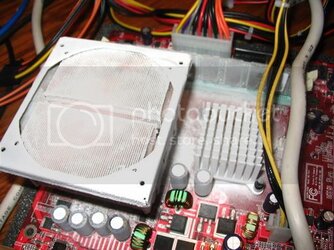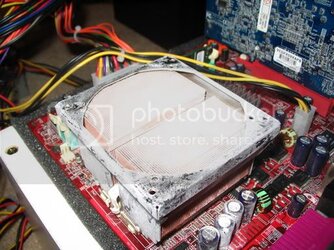- Joined
- Feb 21, 2006
Would it be possible to do a temporary extreme OC of a CPU if you used say.. a can of compressed air.. the stuff with the liquid in it that is FREEZING COLD?.. I just thought about it... and never have heard of anyone doing it before.. but my idea was.. to have osmeone holding the can and spraying the CPU as someone OCs it.. Eh eh?



 then it wouldn't be all that abstract/inpractical...
then it wouldn't be all that abstract/inpractical...